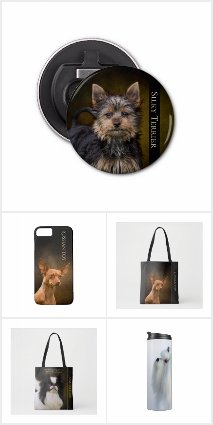Breed Type
Toy/Companion
History
The Papillon is a small Toy Spaniel, and one of the oldest of the Toy breeds, with evidence of its existence as a pure breed stretching back to 13th century Italy. By the 1500's, the Papillon had become very popular in France and Belgium, where it found its place as a companion animal throughout the Royal Courts. It was here that they were bred and refined to enhance their companion qualities. The ladies of the court in particular enjoyed them as lap dogs. In fact, it is believed that Marie Antoinette was so attached to her Papillon, that she took it with her as comfort on her trip to the guillotine. The dog was cared for afterwards in a Paris building, which is still known today as Papillon House. King Henry III of France was so taken with Papillons in the 16th century, that he declared them to be the official dog of the Royal Court.
Although spaniels can be traced back to a distant hunting origin, these little Toy Spaniels have been selectively bred for companionship for so many hundreds of years now, that their instinct to hunt is no longer strong. Instead, they hunger for the almost constant company of their human family, and are incomplete without it.
Description
Small, finely built and elegant toy dog, with a body slightly longer than it is tall. There are two varieties, with either erect ears (Papillon) or drooping ears (Phalene). The long plume of hair on the tail is their other distinctive feature, arching over the back allowing the fringes to fall across the body. It has an alert, intelligent expression, and moves with a stylish and lively action. Papillons are generally white dogs with patches of colour splashed over the head and body.
Size
20-28 cm (8-11 inches) at the shoulder, and quite variable in weight depending on build: 1.5-4 kg (3-9 pounds).
Coat
Long, straight, silky, abundant coat, naturally short on the head and front of legs, hanging close to the body over back and sides, but profuse on the chest, tail, ear fringes and back of legs. Single coat only, thus reducing shedding somewhat, and requiring only a few minutes with a brush each day to keep in good condition. Hair between foot pads needs regular trimming.
Temperament
Happy, affectionate and loyal. Thrives on company and loves to be pampered. Will enjoy a good cuddle and a cosy lap to sit on, but is also lively and athletic. Very confident for a dog of its size.
Longevity
Long-lived. Ranging from 12 - 16 years
Health
Very sound breed, although being such a small and often delicate dog, needs to be protected from potentially dangerous situations, especially as a puppy. Somewhat prone to dental problems, and the drop-eared variety may be somewhat prone to ear infections.
Possible Genetic Disorders
Genetic disorders are not widespread in the breed, but they are somewhat prone to Luxating Patellas, Mitral Valve Dysplasia, and the eye diseases Progressive Retinal Atrophy (PRA) and Cataracts. Health screening for these disorders is available, and should form part of any discussion when considering a purchase.
Best Suited
- Apartment, house or country, provided most time can be spent indoors
- Household with plenty of human contact
- Household with older children
- Household with retirees
Worst Suited
- Households where the dog will be left alone for long periods





